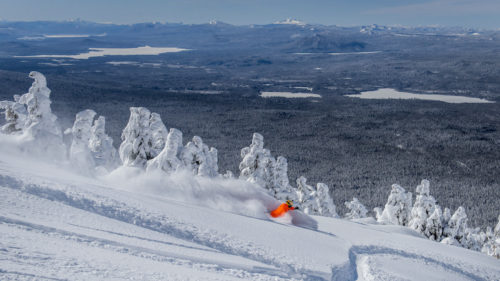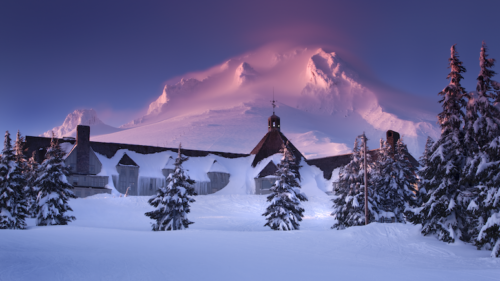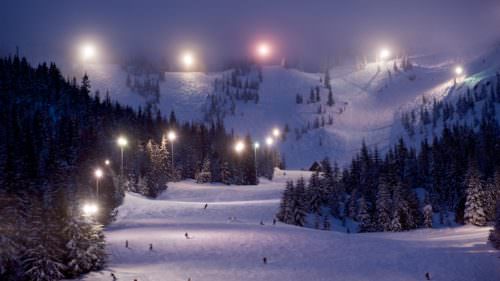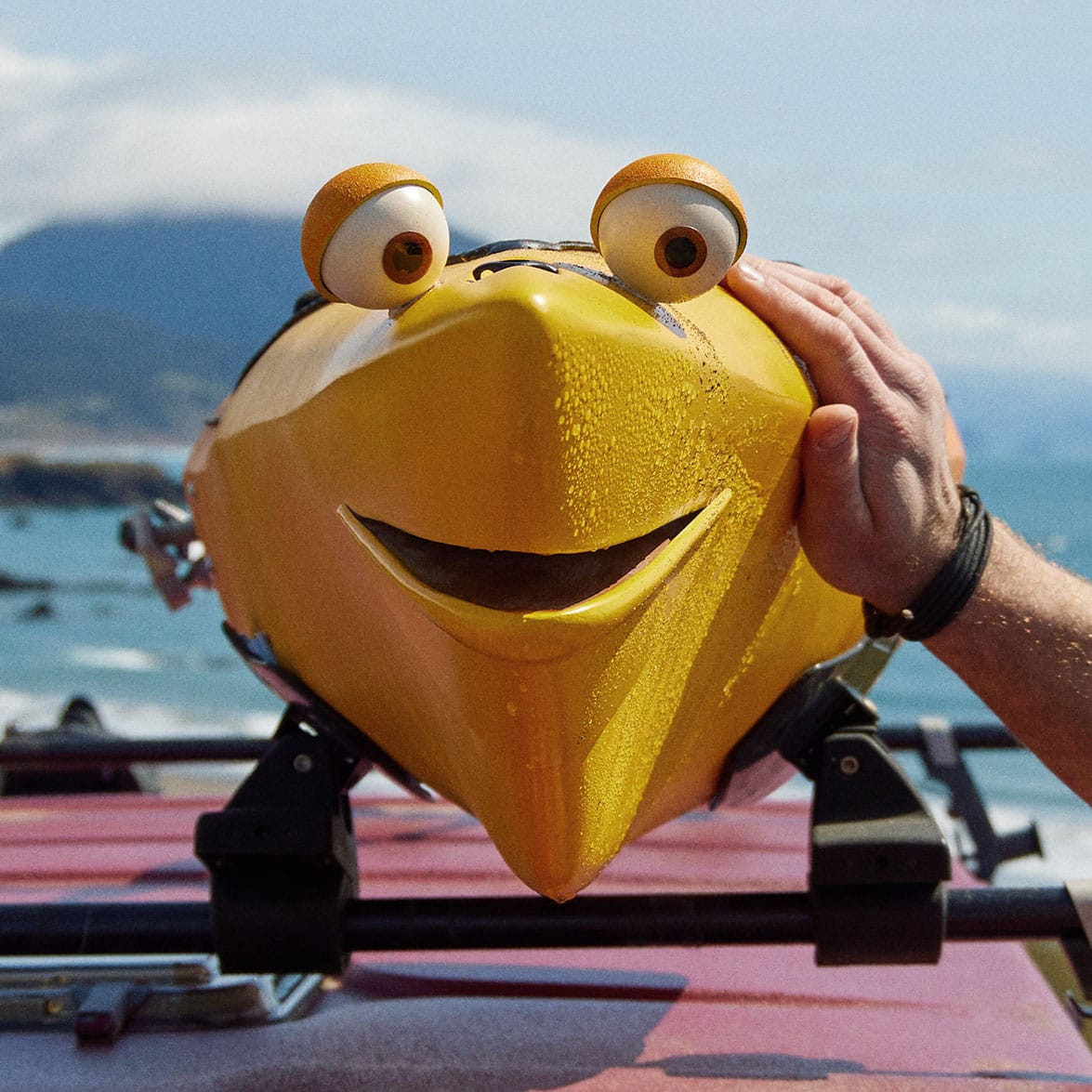When you’ve got the urge to go, it’s best to check resort websites and social channels in advance. You’ll also find relevant information on weather and lift operations before you commit to your plans to head up. And please be patient and kind to the resort employees knowing that everyone is doing the best they can.
Make sure your experience is the best it can be by following these tips:
- Check resort websites in advance.
- Reserve lift tickets, lessons, and rentals in advance where required.
- Go midweek when you can.
- Leave plenty of time for travel.
- Consider night skiing as an alternative.
- Try a new ski destination.
Know Before You Go
Every ski area has its own policy about purchasing lift tickets, ski and snowboard lessons and rental equipment. While in the past it might have been safe to assume you could show up at the resort and make your purchase, that’s no longer the case. Resort websites are your best resource for the most up-to-date info on purchase policies.
Check the Conditions
Every ski resort has a “conditions” page on its website that’s updated daily with the current weather, the list of chairlifts expected to operate that day, and the runs that are expected to be open. The resorts also share information on challenges that visitors might expect and can plan for, including difficult driving conditions and weather that might affect operations. You’ll also find fun info about special promotions and events.
The conditions page is usually a tab that can be navigated to from the resort’s homepage. Check our frequently-updated conditions report for summary info on each resort as well as links to each resort website for the most up-to-date information.
Plan for Winter Travel
The transition from city driving to driving on winter passes happens fast here in Oregon. The best policy is to be prepared. Check Tripcheck.com before you head out, leave plenty of time for your drive, and ensure your vehicle is equipped for winter travel. Find out more about safe winter driving. A great alternative is to take a shuttle. Mt. Hood Meadows offers a luxury motorcoach round-trip to the mountain from three park-and-ride transit stops in the Portland area for $35. Mt. Bachelor offers a free shuttle to and from Bend, taking the stress out of driving and parking.
Avoid the Crowds
There’s no way around it, weekends and holidays are busy times at winter resorts. If you’re looking to avoid the crowds, time your visit for mid-week. If that’s not realistic, consider night skiing and snowboard as an option: Oregon has six different ski areas offering night skiing. Bonus — it’s also a more affordable option.
Another option is to explore Oregon’s smaller “mom-and-pop” resorts. There are 13 ski areas across Oregon, and the local ski areas are often more affordable and less busy than the larger destination resorts.
Pack a Lunch
In the past, resorts might have dissuaded visitors from packing their own snacks and lunch, but that’s no longer the case. To maximize your time on the snow, consider using your vehicle as your own personal lodge for snack breaks and lunch. This will minimize your time indoors and maximize your time on-snow.
Ski and Snowboard Safety
Skiers and snowboarders should always follow the Skier’s Responsibility Code, which exists to raise awareness that there are elements of risk in snow sports that common sense and personal awareness can help reduce:
- Always stay in control and be able to stop or avoid other people or objects.
- People ahead of you have the right of way. It is your responsibility to avoid them.
- You must not stop where you obstruct a trail or are not visible from above.
- Whenever starting downhill or merging into a trail, look uphill and yield to others.
- Always use devices to help prevent runaway equipment.
- Observe all posted signs and warnings. Keep off closed trails and out of closed areas.
- Prior to using any lift, you must have the knowledge and ability to load, ride and unload safely.



